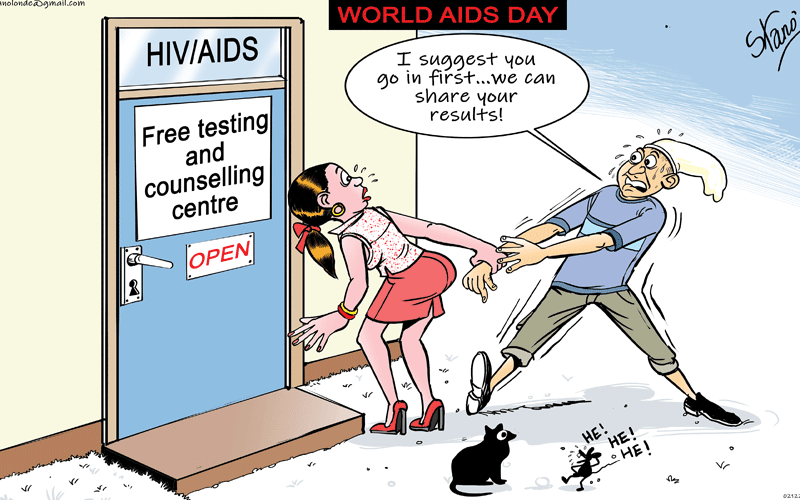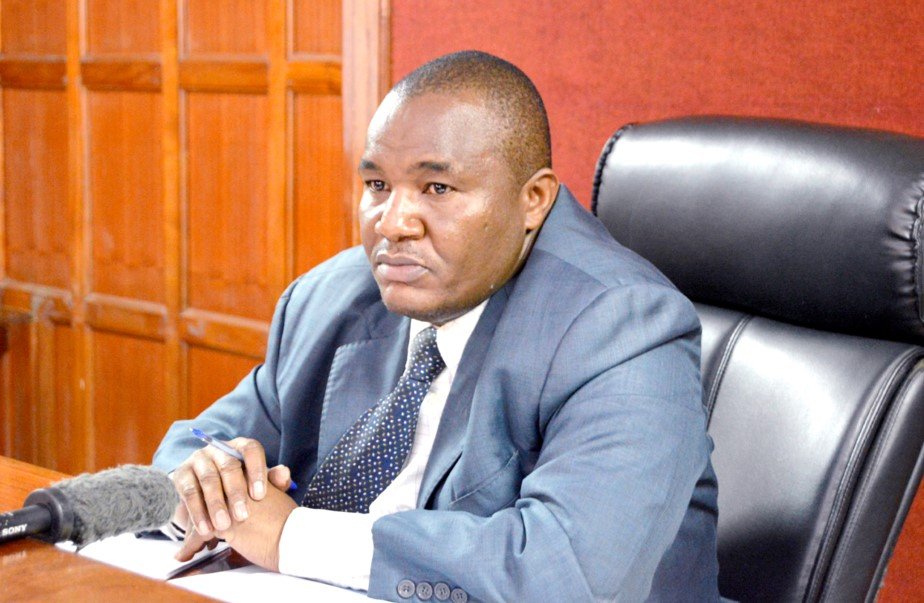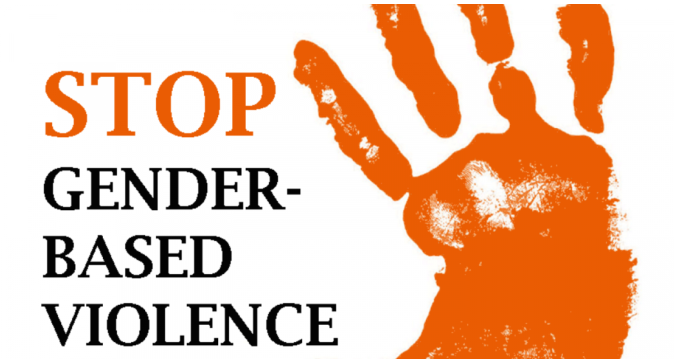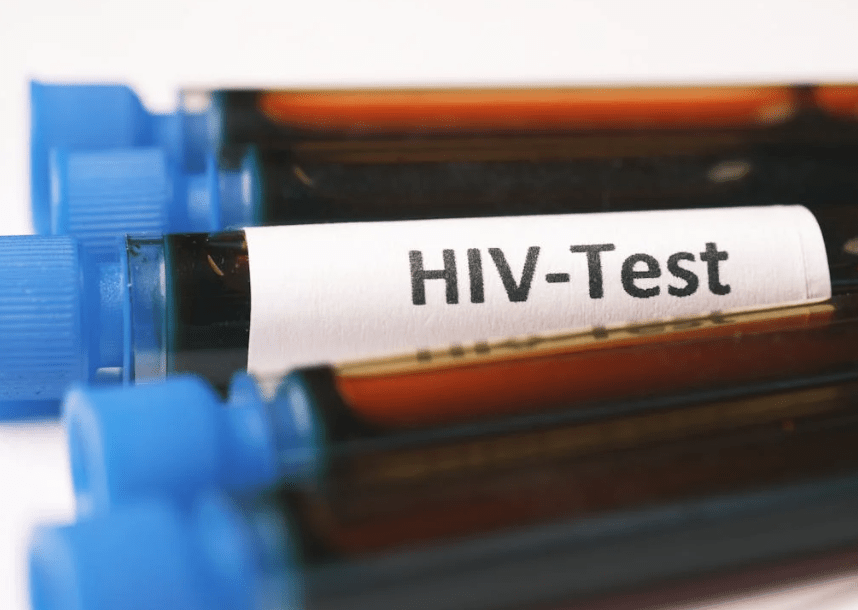Let’s protect youth against HIV/Aids

HIV and Aids statistics from the Ministry of Health indicate that the younger generation is more at risk of contracting the virus than the old.
That there are 6,806 and 6,166 new infections annually in children aged 0-14 and adolescents, respectively, is worrisome.
Experts have called for an understanding of factors that lead to HIV acquisition and transmission among the youth.
The reasons, especially among young women and girls, they say, are interrelated.
The factors include early sexual activity, multiple partners, exploitation of teens and gaps in knowledge plus limited personalised risk perceptions.
The country should use this background to set up better communication channels and messages that youth can identify with.
At this stage, they are undergoing various experiences, including growing personal autonomy, navigating relationships, exploring sexuality and physical and emotional changes. Taking this into account is essential in getting to them.
The Chukua Selfie – a campaign to promote self-testing among the youth – is a step in the right direction, just like the just launched ATMs for HIV testing kits.
However, more needs to be done to encourage the youth to actually get and use the kits, follow up with a doctor or a counsellor when the results are positive, and change their sexual behaviour.
That said, health stakeholders must improve on provision of services to adolescents, especially with 54 per cent and 42 per cent of girls and boys saying they have limited access to services, according to the Kenya Demographic Survey.
This includes availability of adolescent-friendly facilities and health personnel that are confidential and non-discriminating against them.
Availability of vital medication including ARVs for this target group would go a long way in suppressing the viral load and improving the health of individuals.
More importantly, these efforts must be continuous and involve treatment and support. Improving the context in which young people live in is also vital.
Addressing issues such as gender-based violence, harmful cultural practices such as FGM and child abuse could go a long way in addressing the situation.
Learning what motivates, inspires the youth’s sexual behaviour, and thus risk of transmission will set the path to better health messaging, prevention protocols and support systems.












